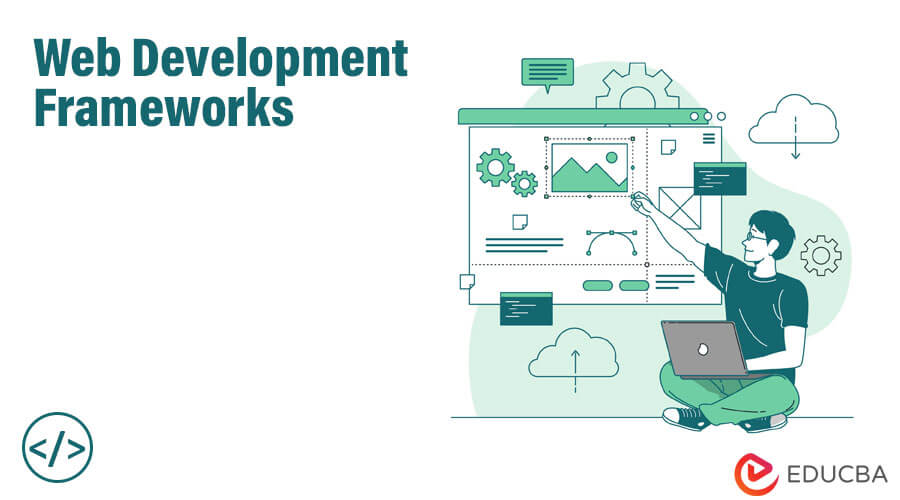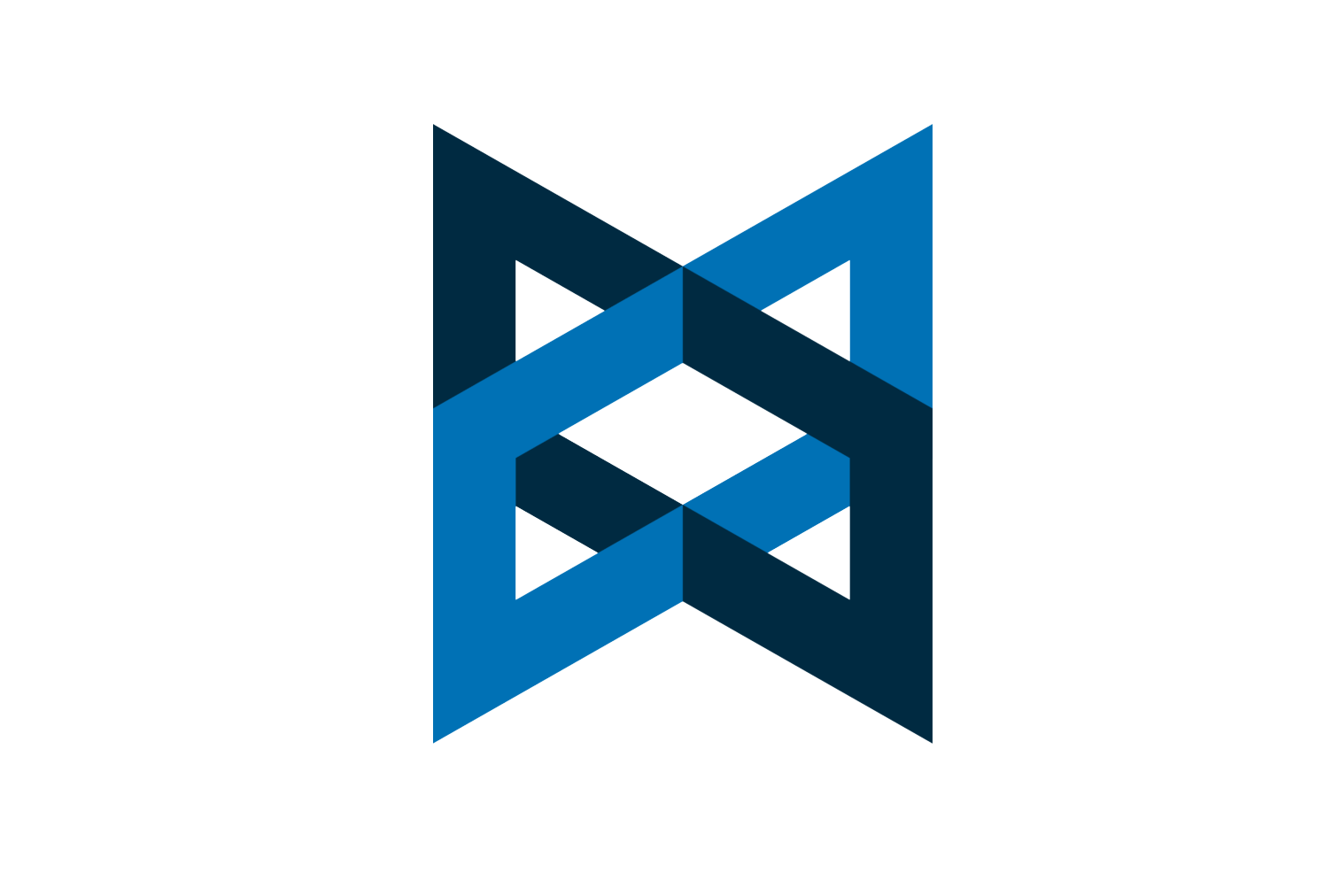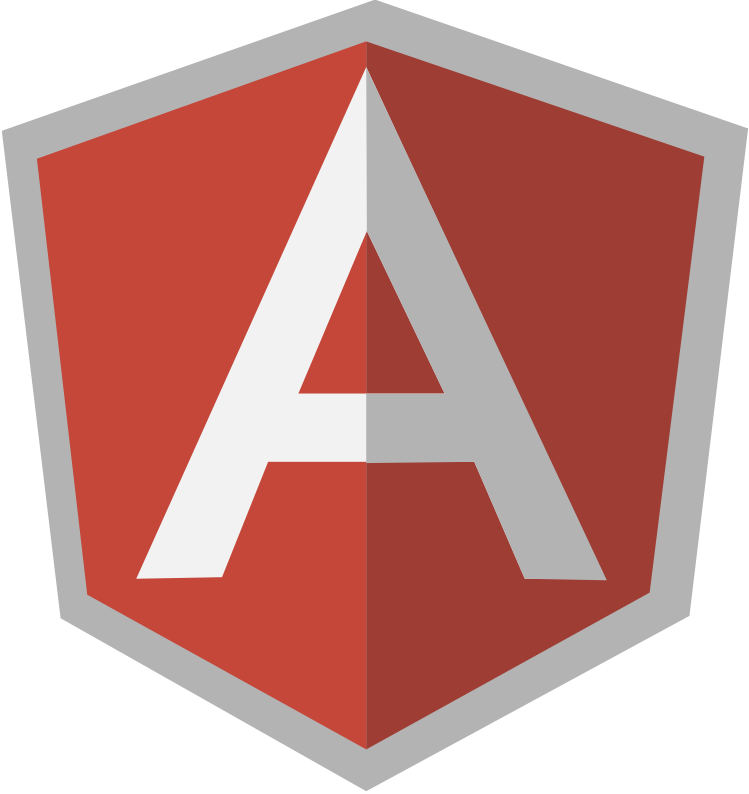Updated July 5, 2023
What is a Web Development Framework?
Web development frameworks have become famous for their ability to speed up web application development. For web developers, there is constant pressure to learn more about web development and choose which framework to invest time and effort in carefully. A framework is essential because it determines the user experience, which is crucial for any web application. JavaScript web development frameworks load only the parts of the page that the user interacts with, leading to a faster and more responsive user interface. Modern frameworks use a well-defined application architecture such as the Model-View-Controller (MVC) design pattern, which leads to easier development and maintainable code.
The Top 4 Web Development Frameworks
The followings are the top four JavaScript web development frameworks and their benefits:
1. Backbone
Backbone.js is a lightweight web development framework that features a minimalist MVC design. It is used by popular websites such as Twitter, Hulu, and Pinterest. With a size of just 6.3 KB, Backbone is versatile and has few restrictions. Thus, it allows developers to choose whatever they want for their projects. This makes it an excellent option for more straightforward projects where speed is the biggest priority.
However, Backbone’s lightweight nature can also be a challenge, as it requires severe JavaScript skills to work with it. Also, some developers complain about the need to write a lot of boilerplate code to commence web development for a project. Additionally, Backbone lacks server-side rendering, which can impact the web application’s performance and affect SEO. This is increasing in many other web development frameworks that use MVC designs.
2.AngularJS
AngularJS is an older web development framework than Backbone, released in 2009 by Brat Tech but only took off under Google’s support in 2012. It is three times the size of Backbone, as it comes with more inbuilt functionality. AngularJS does not follow the MVC design pattern. However, it is a popular choice for web development and is used by sites such as MSNBC, VEVO, and The Weather Channel.
One of the most notable features of AngularJS is two-way data binding, which allows for less coding when creating dynamic views. AngularJS also includes directives, which enable developers to extend HTML by attaching special behaviors to DOM parts. Additionally, AngularJS has dependency injection, making it easy to include services in modules. However, AngularJS can be slow in more complex, larger applications, and its two-way data binding can impact performance and make debugging more challenging. Finally, it lacks server-side rendering.
3. Ember
Ember is a younger web development framework than Angular or Backbone, having been released in 2011 by Yehuda Katz, a member of the Ruby on Rails and jQuery core teams. It is more significant than most web development technologies, with a compressed size of 95 KB. Also, it includes Handlebars and jQuery as necessary dependencies. Ember is used by companies such as Nest, Vine, Qualcomm, and NBC News. One of its notable features is the ‘Ember way’ of doing things. It simplifies development by providing developers with everything they need to build a web app, including a template library and other tools that save time.
Ember also offers the Ember CLI, a command-line tool that is helpful for developers without a build system. However, Ember’s heavy size and the ‘Ember way’ can limit developers’ capabilities. For instance, it generates a lot of code that can make it challenging to figure out what is going on. Additionally, its learning curve can be steep and lacks server-side rendering. Nevertheless, Ember’s lack of corporate sponsorship is a plus for several developers, and the team behind Ember is dedicated to the open-source movement. The Ember team has stated that it will move away from two-way binding and support server-side rendering in the future.
4. React
React is a web development technology created by Facebook in 2013. It differs from other technologies in its approach, with a focus on the View part and the use of the Flux application architecture. React is the fastest technology on the list, and although it is the heaviest, it does not have any required dependencies. Many big companies use React, including Facebook, Instagram, Netflix, and BBC. React is easy to learn, and once learned, one can use it to write web and iOS apps. However, it is controversial for its use of components for UI and the absence of templates, i.e., the HTML is in JavaScript.
React has a component-based approach that uses CommonJS modules, allowing for maximum code reusability. It is most suitable for large applications, and its plain form should work fine for most applications. React’s implementation of a virtual DOM and synthetic events makes it the fastest technology on the list. Ember and Angular have steep learning curves due to their use of domain-specific languages. On the other hand, React is easier to learn if one already knows JavaScript. React also supports server-side rendering, eliminating the need for workarounds.
Conclusion
React appears to be the most popular web development technology at present; however, each option has its strengths and weaknesses. Ultimately, it is up to the individual to decide which technology to invest time in learning. As JavaScript is a vital component of web development, it is important to broaden one’s expertise by learning multiple web development technologies in order to keep pace with industry advancements.
Recommended Articles
We hope that this EDUCBA information on “Web Development Frameworks” was beneficial to you. You can view EDUCBA’s recommended articles for more information.







